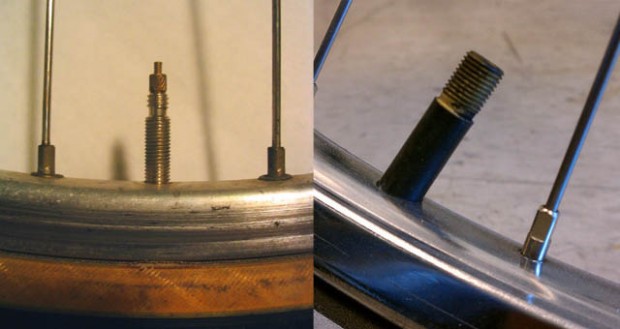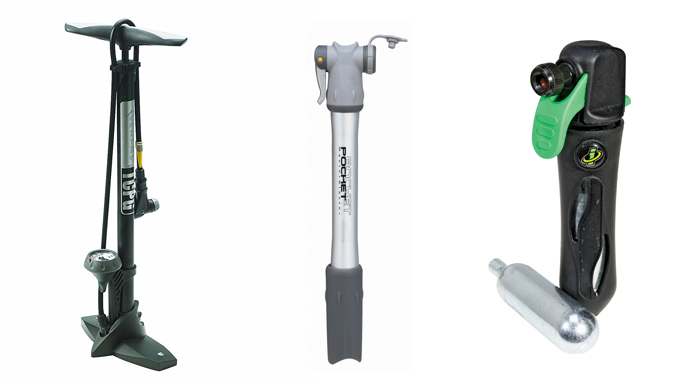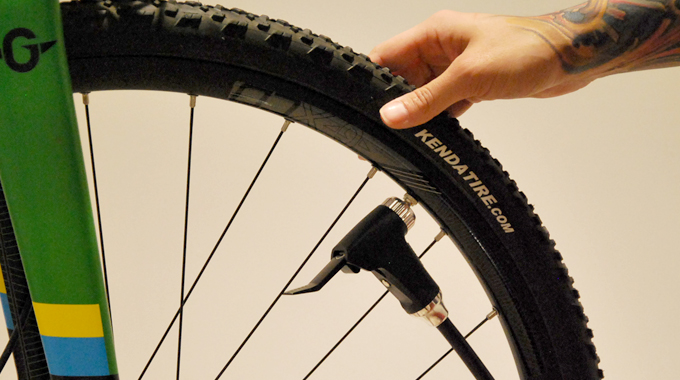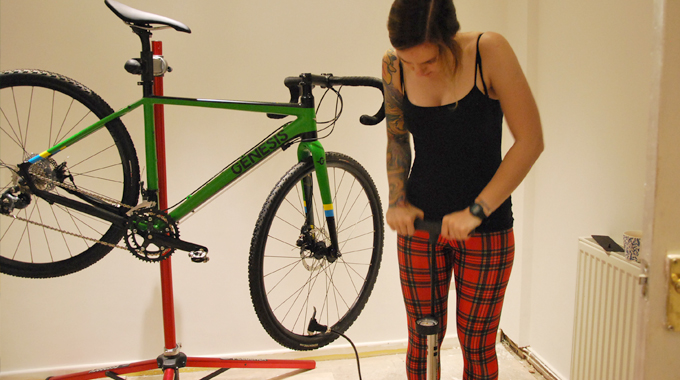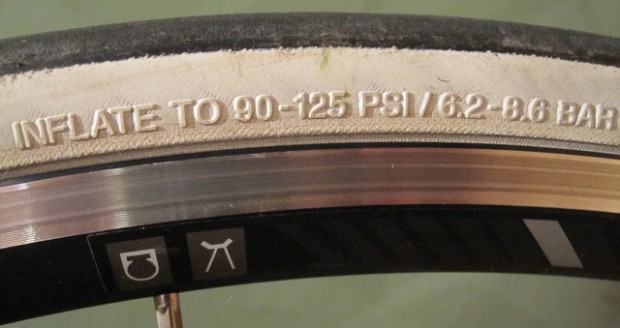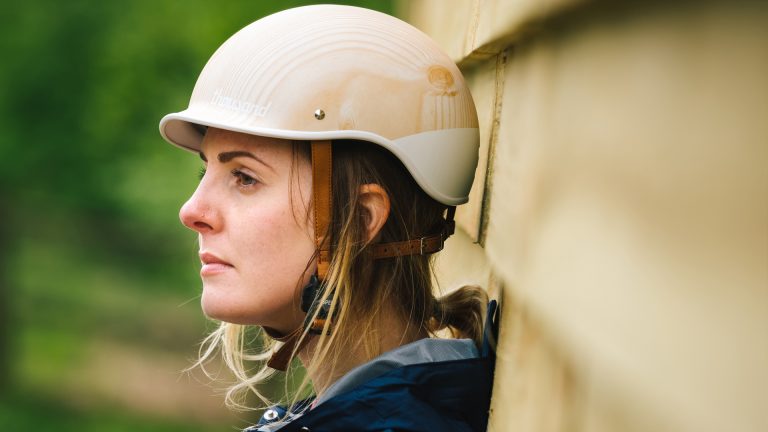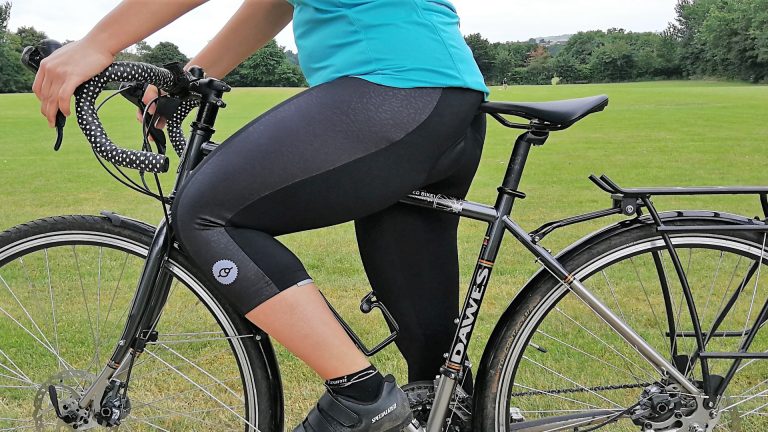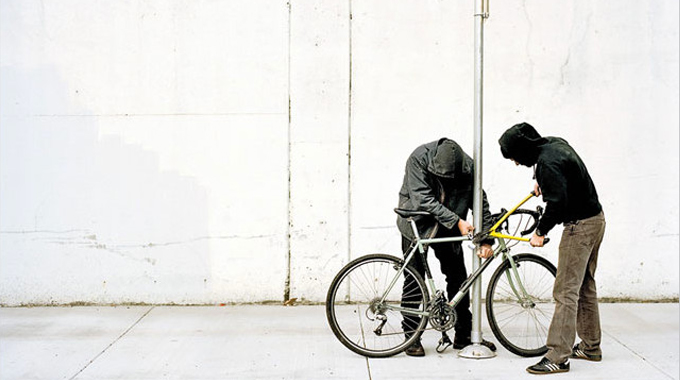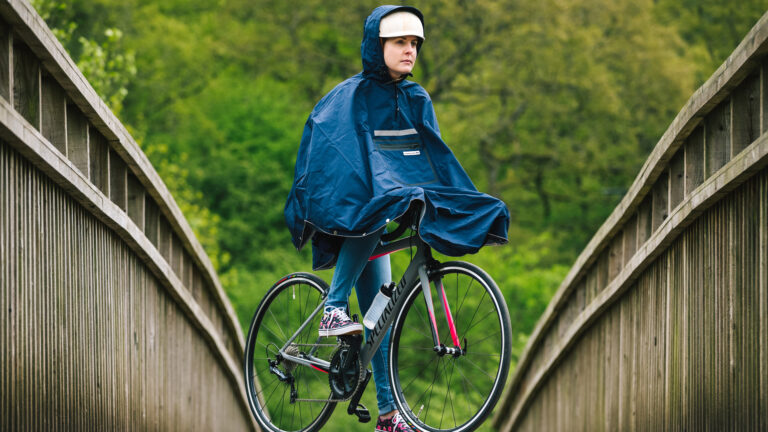One of the biggest mysteries to any cyclist just starting out, is finding the right tyre pressure. If you find you’re riding slower than usual, your legs are feeling heavy and you have difficulty pedalling, it could be that you need to pump up your bicycle tyres.
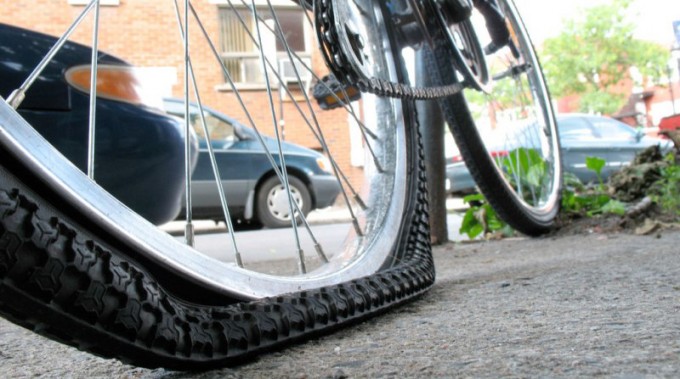
There’s a number of things that can happen when your tyres are on the low side. More tyre contact with the ground makes it feel like you’re pedalling through treacle, and you’ll make yourself more prone to punctures. If you’re tyre pressures is virtually non-existent, then you run the risk of damaging the rims.
We’ve compiled the ultimate guide for ensuring your tyres are full of air, and ready to roll.


